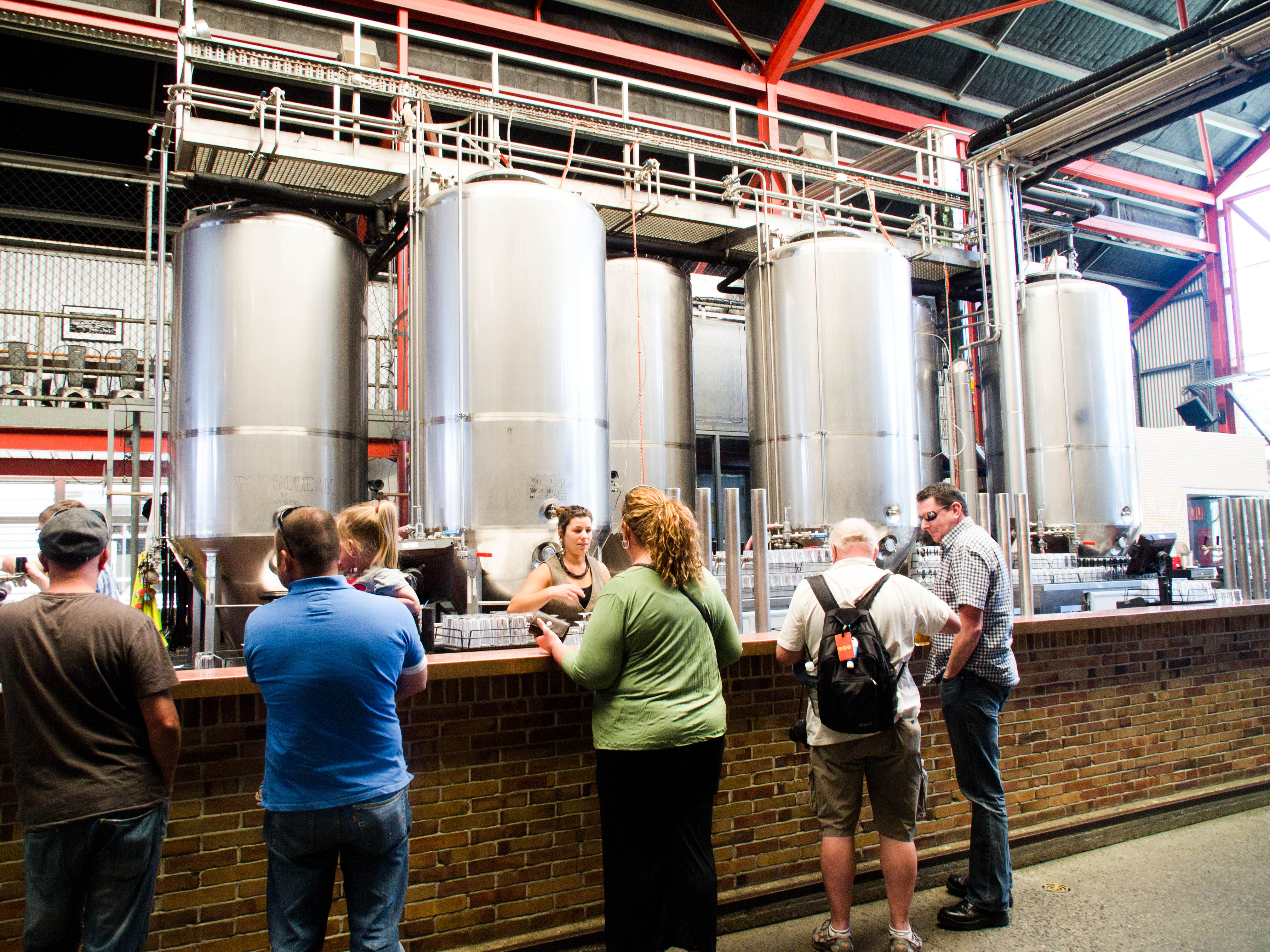Welcome to the world of brewery equipment, where science and artistry come together to craft the perfect pint. In this comprehensive guide, we will explore everything you need to know about brewery equipment, from its purpose to its various types and how they contribute to the brewing process.
Brewery equipment encompasses the tools and machinery utilized in the beer production process, transforming raw ingredients into the golden nectar we all love. Whether you are a seasoned brewmaster or a passionate beer enthusiast looking to start your own microbrewery, understanding the essential equipment is crucial to achieving exceptional results.
From mash tuns and fermentation vessels to kegging systems and filtration equipment, the world of brewery equipment can be both exciting and overwhelming. Fear not, as we delve into the intricacies of each component, demystifying their functions and exploring the different options available. By the end of this guide, you’ll be equipped with the knowledge to unleash your brewing potential and elevate your craft to new heights.
So grab a cold one, sit back, and join us as we embark on a journey through the fascinating world of brewery equipment. From understanding the basics to navigating the complexities, we have you covered. Cheers to the art of brewing and the equipment that makes it all possible!
Understanding Brewery Equipment
Brewery equipment plays a crucial role in the art of beer brewing. It encompasses various tools and machinery that enable brewers to create the perfect pint. From small microbreweries to large-scale operations, having the right brewery equipment is essential for crafting high-quality beers.
When we talk about brewery equipment, we are referring to a wide range of components and systems. This includes fermentation tanks, brewhouses, kegging systems, filtration equipment, and much more. Each piece of equipment has a specific purpose and contributes to the overall beer production process.
Microbrewery equipment is specifically designed for smaller-scale brewing operations. These setups often feature compact brewhouses, fermenting vessels, and packaging equipment. Microbrewery equipment allows passionate brewers to experiment with different recipes and flavors, fostering creativity within the brewing community.
Beer brewing equipment serves as the backbone of any brewery, regardless of its size. It ensures efficient brewing processes, consistent quality, and proper sanitation. From mashing and boiling to fermenting and packaging, brewery equipment enables brewers to control every aspect of the beer-making journey.
Understanding brewery equipment is essential for aspiring brewers and beer enthusiasts alike. By familiarizing ourselves with the tools and systems used in the brewing process, we can truly appreciate the craftsmanship and dedication that goes into creating the perfect pint. Whether you’re a homebrewer or dreaming of owning your own brewery one day, knowing the ins and outs of brewery equipment is a vital step towards achieving brewing excellence.
Essential Brewery Equipment
-
Brewing Vessels:
Brewing vessels are the heart of any brewery. They are large, stainless steel containers where the magic happens. These vessels come in various sizes to accommodate different batch sizes. From the mash tun, where grains are mixed with hot water to extract sugars, to the fermenters, where yeast converts sugars into alcohol, each vessel plays a crucial role in the brewing process. -
Mashing and Boiling System:
The mashing and boiling system enables the extraction of flavors, aromas, and sugars from the grains. This system typically consists of a mash tun, hot liquor tank, and a brew kettle. The mash tun is where the grains are soaked in hot water to release sugars, while the hot liquor tank holds the heated water necessary for mashing. Finally, the brew kettle boils the wort (unfermented beer) with hops to create the desired flavors and bitterness. -
Fermentation and Conditioning Equipment:
Fermentation and conditioning are the key stages where wort transforms into beer. Fermentation tanks, also known as fermenters, are where the wort is transferred after boiling. Yeast is added to the fermenter, which consumes the sugars and produces alcohol and carbon dioxide. Conditioning tanks are used for additional maturation and carbonation, providing the beer with a smooth and consistent taste.

Remember, these are just a few examples of essential brewery equipment. Depending on the size and scale of the brewery, there may be additional equipment involved, such as pumps, filtration systems, and kegging systems. The combination of all these components is what helps brewers unleash the perfect pint, bringing their craft beers to life.
Choosing the Right Brewery Equipment
When it comes to setting up a successful brewery, choosing the right equipment is crucial. Brewery equipment refers to the machinery and tools necessary for the entire beer production process. From the initial brewing stages to fermentation and packaging, investing in high-quality brewery equipment is essential for unleashing the perfect pint.
To begin your brewery venture, it is important to understand what brewery equipment entails. Brewery equipment consists of various components such as brewing vessels, fermenters, boilers, filtration systems, kegs, and bottling lines. Each piece plays a vital role in ensuring consistent flavor, quality, and efficiency in beer production.
Microbrewery equipment, specifically designed for smaller-scale operations, has gained popularity in recent years. This type of equipment allows independent brewers to produce unique and creative flavors, catering to niche markets or local communities. Microbrewery equipment typically includes smaller brewing vessels, compact fermentation tanks, and kegging systems tailored to limited production capacities.
When selecting brewery equipment, it is vital to consider the specific requirements of your brewing process. Factors such as batch size, desired production volume, and available space should guide your decision-making. Additionally, pay careful attention to the quality and reliability of the equipment, as this will directly impact the taste and consistency of your beer.
In conclusion, choosing the right brewery equipment is a critical step towards achieving success in the brewing industry. Understanding the various components involved, including microbrewery equipment, allows brewers to make informed decisions based on their production needs and goals. With the right equipment in place, brewers can unleash the perfect pint and satisfy beer enthusiasts with exceptional flavor and quality.